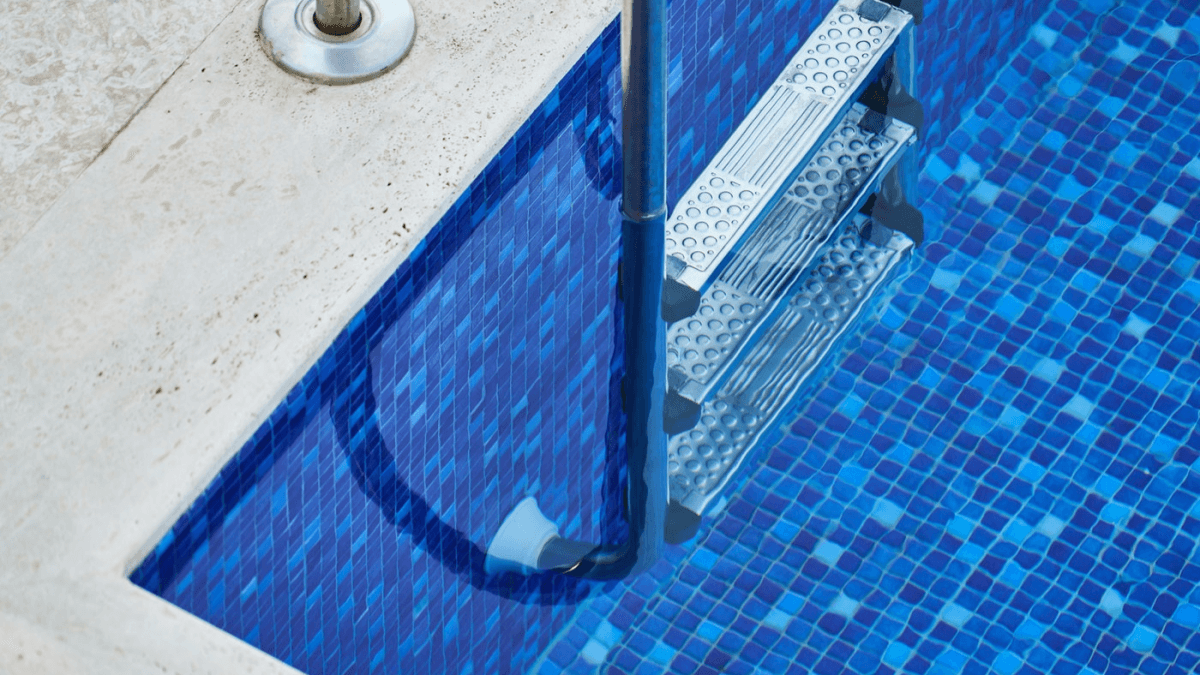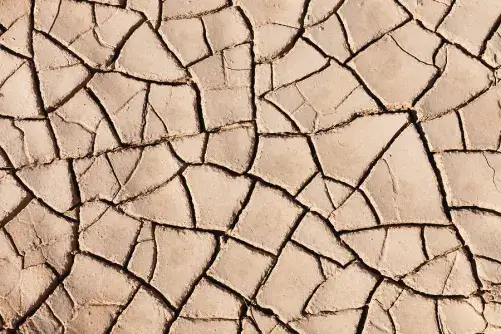Whether you are a competitive swimmer or a casual pool lounger, we all encounter the same drying chemical when splashing into the water: Chlorine. Common knowledge to most, but what you may not know is the damaging effects this chemical can have on your skin. We're breaking down the signs of overexposure, and giving you dermatologist, Dr. G's, top tips on keeping your skin healthy in the face of chlorine.
If you are a patient seeking a first or second opinion from a dermatologist on a spot mole or rash of concern, you can access a dermatologist via your local primary care provider or urgent care clinic. Find our list of partner locations here.
So... what is chlorine?
Chlorine is the most common and cost-effective chemical used to keep our pools and hot tubs clean from bacteria. Sterilizers are essential for keeping swimmers safe and balancing water quality. You would not want to swim without chlorine or some other form of sanitizer in your pool. Dermatologists note that infrequent exposure to chlorine is essentially harmless. However, if you are a regular at the pool, no matter the cause, for sport or relaxation, there are tell-tale signs that your skin may be stressed from repeated exposure.
Signs of overexposure:
#1 Excessive Dryness

Our skin and hair are like sponges. When skin and chlorine meet, the chemical is soaked in through our pores. This removes the natural oils from the surface (the epidermis), resulting in tight, itchy skin and scalp. In extreme cases, one may see flakes of skin or shedding as a result. Those with sensitive skin or preexisting skin conditions should take extra precaution, as they may have more extreme reactions from continuous contact. Especially for those struggling with acne or eczema, chlorine may worsen breakouts. By removing healthy oil from the skin’s surface, one may assume that chlorine’s drying effect would clear up breakouts. Unfortunately, this is merely a myth. When oil is stripped from the skin, oil production is ramped up to compensate resulting in clogged pores and increased breakouts.
#2 Rashes
Less common and more serious than dryness, rashes typically occur after spending extended periods of time at the pool. These rough patches of inflamed skin often stem from imbalanced levels of chlorine in the water. If ignored and untreated, the likelihood of rashes developing into blisters or raw areas compounds.
#3 Burns
Healthy chlorine levels in a swimming pool range from 1-4ppm (parts per million). Anything above 5ppm is considered high, placing one at the risk of incurring severe burns, or irritant contact dermatitis. The affected skin becomes increasingly red and swollen, causing discomfort and stinging around the afflicted area. Treatments are take-home and simple. The burns will heal with diligent application of a hydrocortisone cream or similar healing ointments coupled with suspended exposure.
#4 Chlorine “Green” Hair
Visible to those predominantly with lighter shades, many regular swimmers notice a greenish-blue discoloration to their hair post-swim. The cause? Simple chemistry. Pools can have high copper levels depending on where the water is sourced. Chlorine oxidizes the copper, which when bound to the proteins of the hair result in a greenish tint to the strands. Personal pool owners can do routine checks of copper levels or install a filter to remove excess metals. Otherwise, using preferred leave-in before swimming is the most effective way to prevent the green! As mentioned before, the skin and hair are sponges. If the hair follicles are already saturated with a hydrating conditioner, it leaves little room for copper and chlorine to bind. There are also professional treatments available at hair salons that seal strands to prevent copper from attaching.
Dr. G’s Simple Routine to Combat Chlorine
Across the board, dermatologists agree on the number one way to prevent chlorine’s negative effects is: Moisturize! Establishing a reliable, hydrating routine can prevent the harsh impacts of consistent pool use. Our in-house expert, Dr. G, has a step-by-step guide ready to use for your convenience.
Pre-pool tips for the skin:
It can't be stressed enough. Moisturizing before taking a dip is the easiest way to prevent skin problems. Simply apply a favorite lotion to the entire body for a protective layer of hydration against the pool’s chemicals. Ingredients such as dimethicone and petrolatum are great examples as they are excellent hydrators. Also note, if you are swimming outdoors, it is essential to find a moisturizer with SPF. Chlorine exposure coupled with the sun can exacerbate chlorine’s damage on the skin.
2. We see olympians do it, and it’s not just for hydrodynamics. Using silicone swim caps are an efficient way to seal off your hair from water exposure. Additionally, as previously mentioned above, running a leave-in conditioner through the hair is highly effective in keeping the chlorine out by preventing the binding of the chemical to already saturated strands.
After-Pool Skin Care:
1. Rinse immediately upon leaving the pool to remove the chlorine. Use lukewarm and avoid hot water as that will dry your skin out further. If you must use warmer water, keep the shower to just a couple of minutes.
2. Use a mild cleanser and moisturizing body wash while showering. Be mindful of your skin type when selecting the products you use. For example, f you naturally have dry skin, the chlorine will only add to that. Follow up with a gentle cleanser and a powerful moisturizer to rebalance. The same applies to those with sensitive skin!
3. After rinsing, immediately apply another layer of moisturizer to repair the skin while still damp. Moisturizing while the pores are still open from the shower has proven to yield the best results for absorption and hydration.
4. If there are areas of the skin previously irritated, red, itchy, etc, Dr G’s suggestion is to test an over-the-counter hydrocortisone cream 1%. This should reduce inflammation and pain. However, if the symptoms do not improve it is best to seek out a professional’s opinion. Do not apply hydrocortisone to any open blisters or wounds!
5. Whether you shower in the locker room or wait until you are at home, you must not forget about your hair. There are shampoos and conditioners specially formulated to remove the chlorine and replenish the hair with nourishing ingredients. If you have chemically treated hair, heightened care is needed. Use hair care products that can protect the hair robustly to prevent any damage.



![Three Easy Tips To Prevent Wrinkles [You Might be Surprised by #3]](https://dropinblog.net/34241191/files/featured/GETMr__Blog_Post_Images.png)

